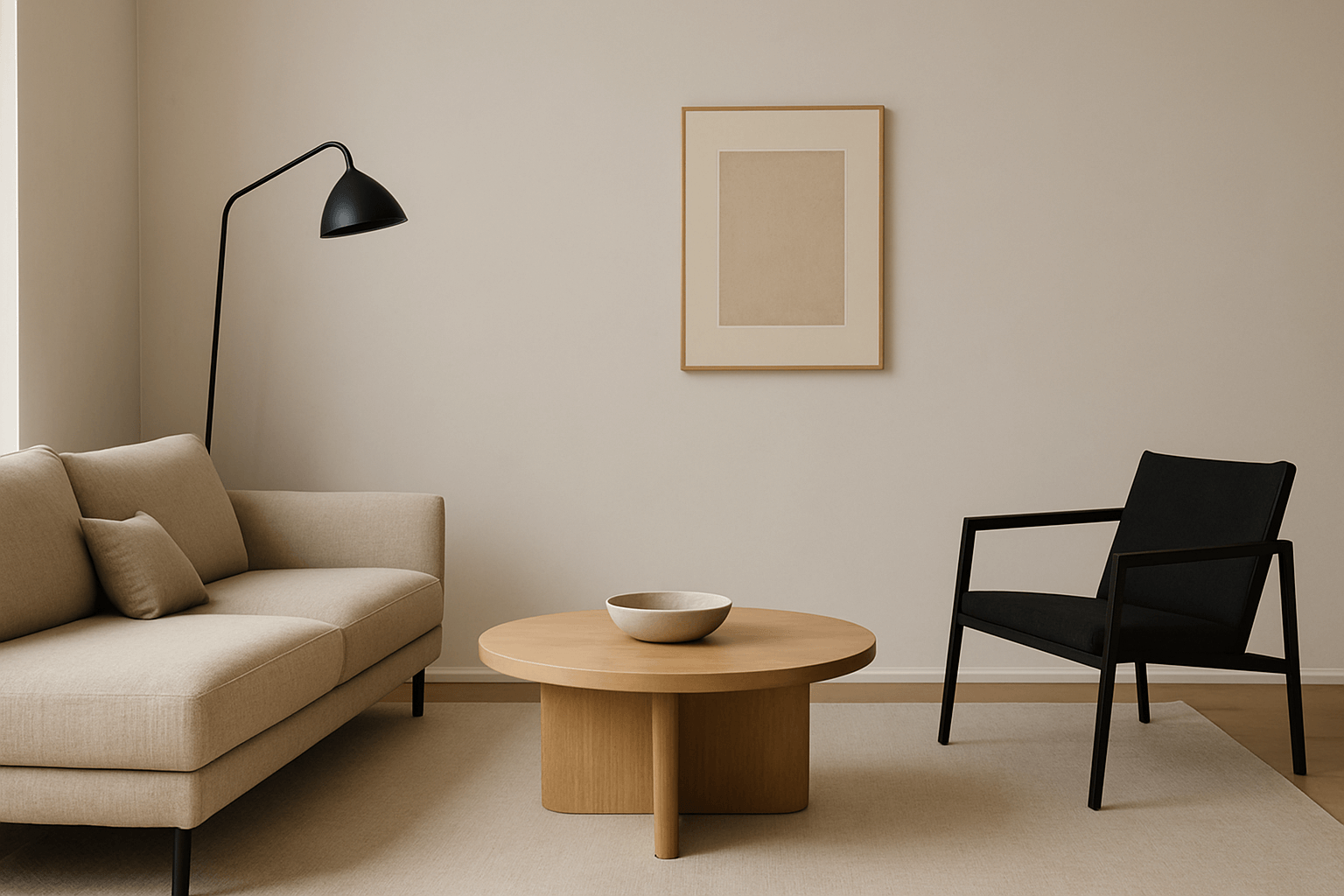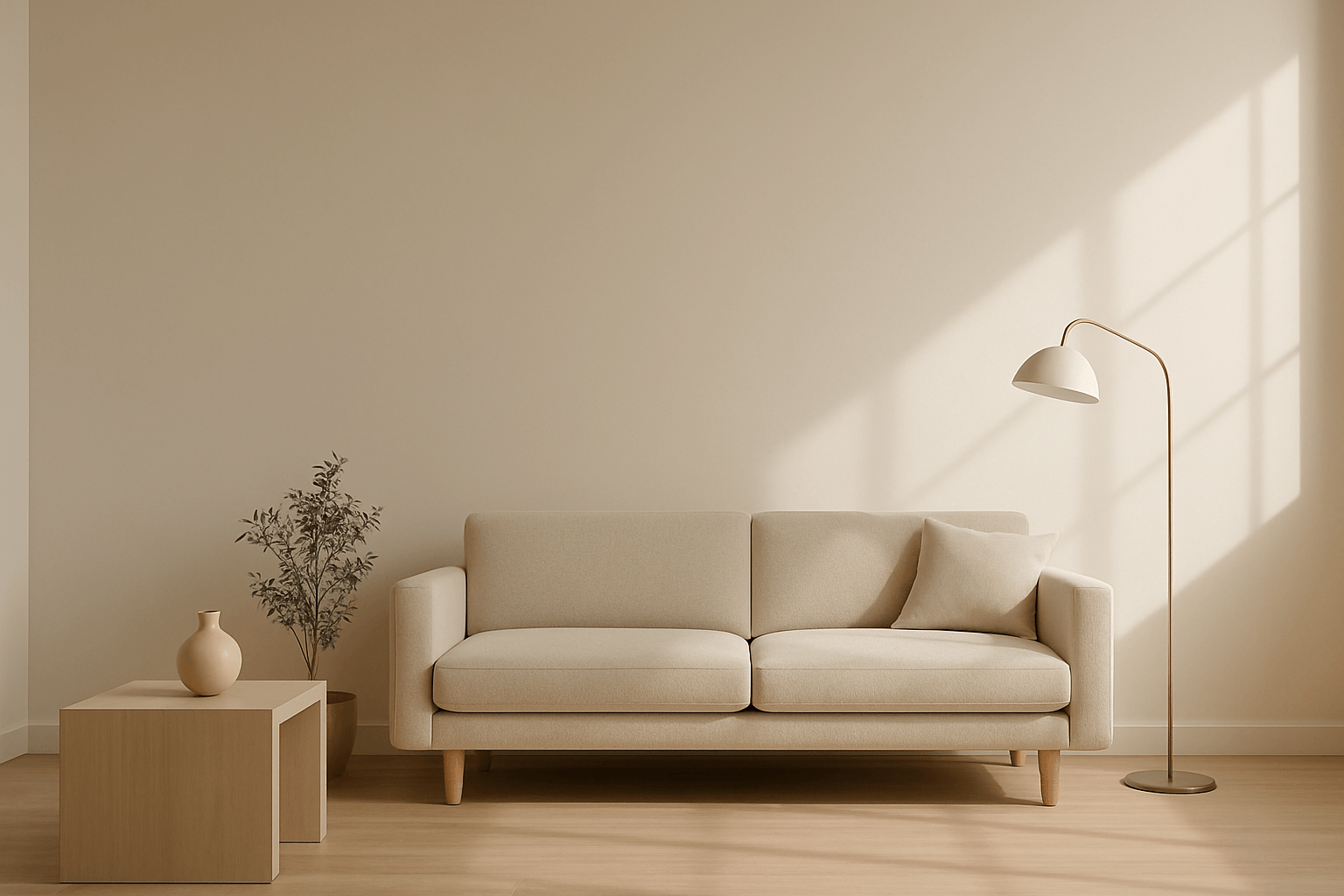Why Texture Matters in Minimalist Interiors
One common misconception about minimalism is that it has to feel cold or sterile. But that’s not true — not when texture is used thoughtfully.
In minimalist design, texture is one of the most powerful tools for adding warmth, dimension, and visual interest — without adding clutter or noise.
Here’s how to use it well.
1. What Is Texture in Interior Design?
Texture refers to how a surface looks and feels — rough, smooth, soft, glossy, matte, woven, or grainy.
In a minimalist home with a limited color palette and simple forms, texture creates contrast and variety, making spaces feel alive rather than flat.
2. Layering Texture Creates Comfort
Layering multiple textures adds a sense of depth and coziness. Consider this combination:
-
A linen curtain hanging beside a smooth white wall
-
A wool rug under a matte ceramic coffee table
-
A leather chair paired with a raw wood floor
Each element brings a different tactile quality to the room — soft, rough, cool, natural — which makes the space feel rich without overwhelming it.
3. Stick to Neutral Colors, Vary the Finish
Minimalism often limits color, but that doesn’t mean limiting interest. Instead of layering hues, layer finishes:
-
Matte vs. glossy
-
Polished stone vs. raw wood
-
Smooth walls vs. textured textiles
This keeps the palette cohesive while still offering plenty for the eye to explore.
4. Natural Materials Add Authenticity
Texture and nature go hand-in-hand. Materials like wood, linen, clay, jute, and wool all bring organic imperfections and variation that add character to minimal spaces.
They:
-
Soften clean lines
-
Reflect light differently throughout the day
-
Connect your home to a slower, more grounded way of living
Choose handmade or imperfect pieces when you can — they tell a story without words.
5. Don’t Forget the Ceiling and Floor
Most people think of walls and furniture when they consider design, but floors and ceilings offer big texture opportunities too.
Ideas include:
-
A woven or knotted rug
-
Wood beams or tongue-and-groove ceiling planks
-
A subtle limewash or plaster wall finish
These choices help create an atmosphere that feels lived-in yet intentional.
6. Limit Quantity, Elevate Quality
In minimal interiors, every item stands out. This means texture should be chosen with care.
Instead of filling a room with many things, select a few tactile standouts — like a boucle lounge chair, a slatted bench, or a handwoven basket.
Let each piece breathe. Let it be noticed.
Final Thought
Texture is the soul of a minimalist space. It brings quiet warmth, visual rhythm, and a sense of the human hand.
When used with intention, it proves that simplicity doesn't mean emptiness — it means refinement.
A well-textured space is one you can feel even before you touch it.
















